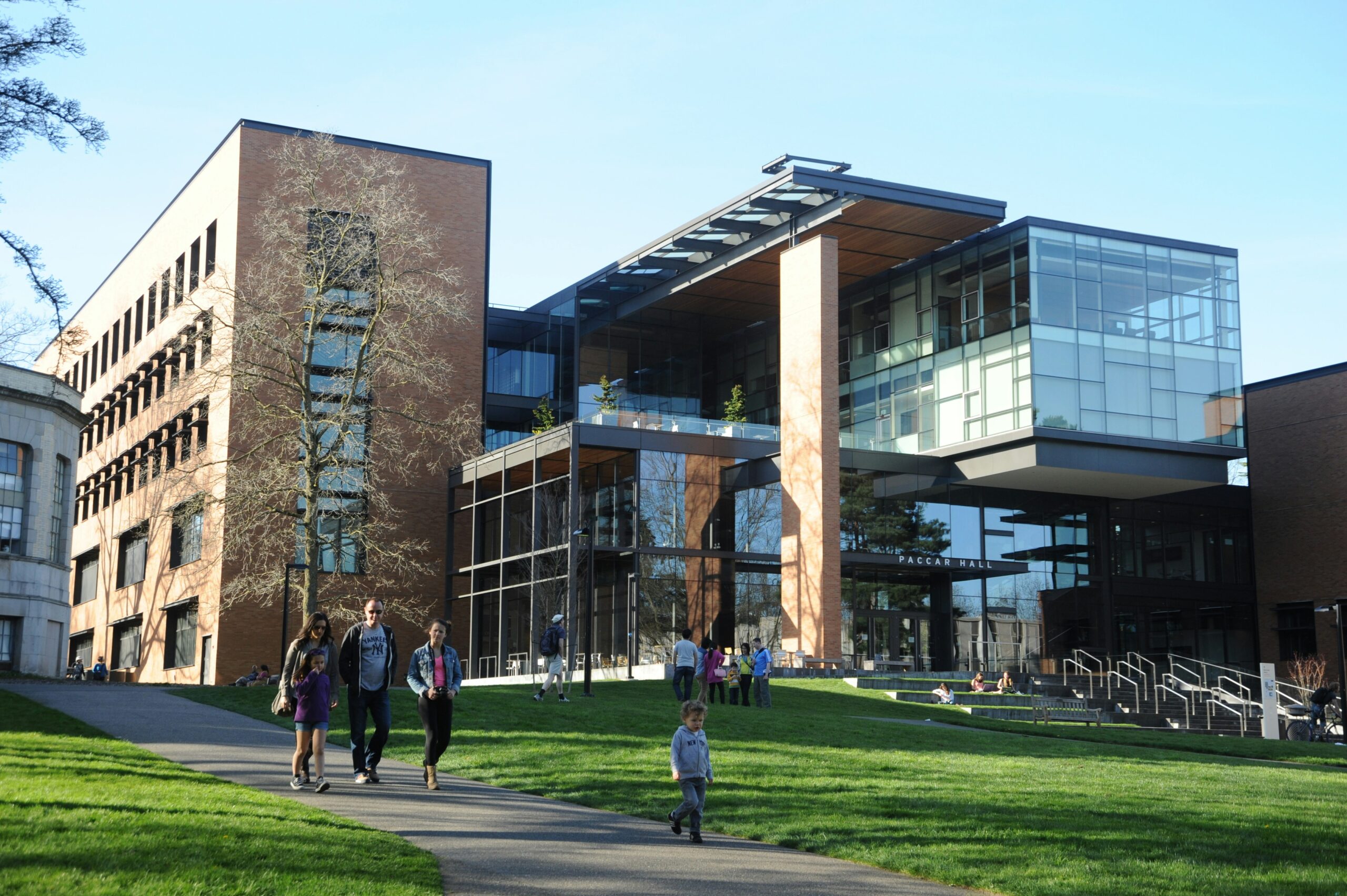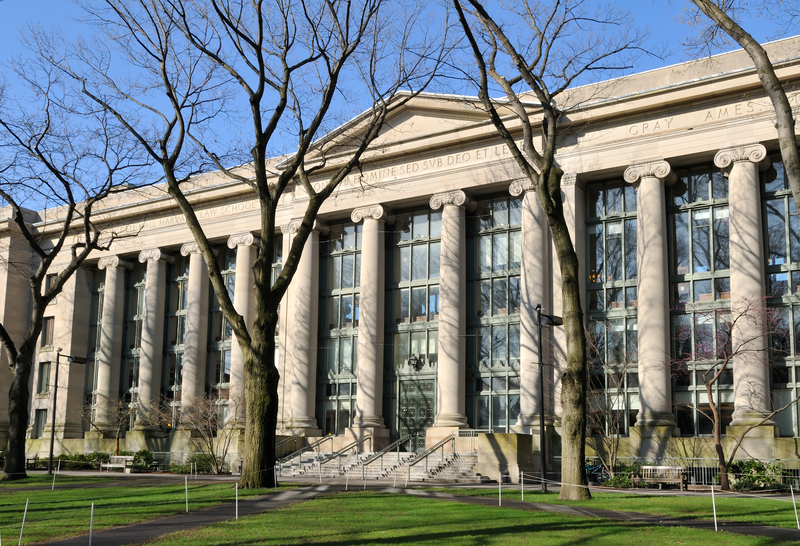Campus News, Campus News
Eco-Friendly Campus Solutions: Innovative Approaches to Cleaner, Greener Spaces
Jennifer Dawson

Eco-conscious campus living is on the rise in the United States. 85% of students think it’s somewhat important for their campus to prioritize sustainability, while 80% use refillable water bottles and over three-quarters recycle. With concerns about climate change getting louder each year, campuses across the country are taking note and going green. Stanford University has switched out synthetic cleaners for natural ozone, a powerful disinfectant, while other universities are making waves in renewable energy adoption. While no two approaches are the same, they’re all working toward the same goal: a cleaner, greener campus that preserves the planet for current students and future generations yet to come.
Natural OZone Disinfectant
Stanford University is leading the way in sustainable cleaning with an ozone-based green cleaning system that turns tap water into disinfectant. With this system, all you have to do is turn on the cold water faucet and press a button that electrifies the water with 4,500 volts of electricity. This process transforms the water into ozone, a natural disinfectant that’s more powerful than bleach. To use the solution, the ozone is first transferred via a nozzle into a reusable spray bottle.
Once sprayed, ozone eliminates viruses, bacteria, odor, mold, mildew, and stains within sixty seconds, and transitions back to water within one week. It’s a safe, natural, and eco-friendly alternative to conventional synthetic cleaners. So far over 100 student dorms and offices across Stanford’s campus now use ozone to clean any and every surface from carpets and floors to desks and toilets to laptops and cellphones.
Stanford’s Zero-Waste Goal
By switching to ozone, Stanford’s on track to reach their goal of zero-waste by 2030 as they no longer have to use chemical cleaners on campus. Prior to the switch, the university went through 5,500 gallons of chemical cleaner annually that needed to be purchased, shipped, and the containers thrown out. Using ozone eliminates the need to dispose of roughly 2,146 pounds of plastic cleaning containers every year.
Cleaner, Healthier Ceilings
Ozone can also be used to clean ceilings. As ceilings are a hard-to-reach area easy to overlook, dust, cobwebs, and debris can easily accumulate on them over time. In addition to making buildings look dirty and dingy, ceiling dust and debris also negatively affects air quality and causes allergies and asthma symptoms. Clean ceilings on campus should therefore be a priority. Fortunately, commercial cleaning services can disinfect, sanitize, and deodorize ceilings to make campus interiors cleaner, lighter and brighter. As commercial cleaning therefore eliminates the need for extra lighting, it’s also a more eco-conscious option.
Renewable Energy at Georgetown University
Over 40 colleges and universities across the U.S. now get 100% or more of their electricity from renewable energy sources, according to a recent report from Environment America Research and Policy Center. The efforts of Georgetown University are particularly impressive here. They purchase 100,000 megawatt-hours of electricity from eleven solar plants every year, which provides over 60% of the university’s electricity needs. They also have a student-led project named “Solar Street” that installed 18KW photovoltaic solar panels on the roofs of six university-owned rowhouses on campus. These panels generate almost 20,000 kilowatts of electricity annually. The reduction in carbon emissions has been immense, equivalent to taking 44 cars off the road or planting 333 new trees every year.
Solar Living at Hobart and William Smith Colleges
Hobart and William Smith Colleges in Geneva, New York even have their very own solar farm. Two of them, in fact. The Colleges use these farms — the largest solar installations of any higher education facility in the U.S. — to generate 50% of the campus’ electricity. Geothermal heating and cooling is also used at the Colleges’ Finger Lakes Institute. Here, twenty wells work to transfer heat to or from the ground to either heat or cool the building as needed depending on the season. The Finger Lakes Institute even received an EPA Energy Star award for successfully improving the building’s energy efficiency within two years.
Thanks to innovative eco-friendly solutions, campuses across the country are greener and cleaner than ever before. From sustainable cleaning solutions to renewable energy, America’s universities remain committed to sustainability and making the world a better place for current and future students.
SEE ALSO: Retro Rides and College Student Pride: The Advantages of Driving a Classic Car on Campus














